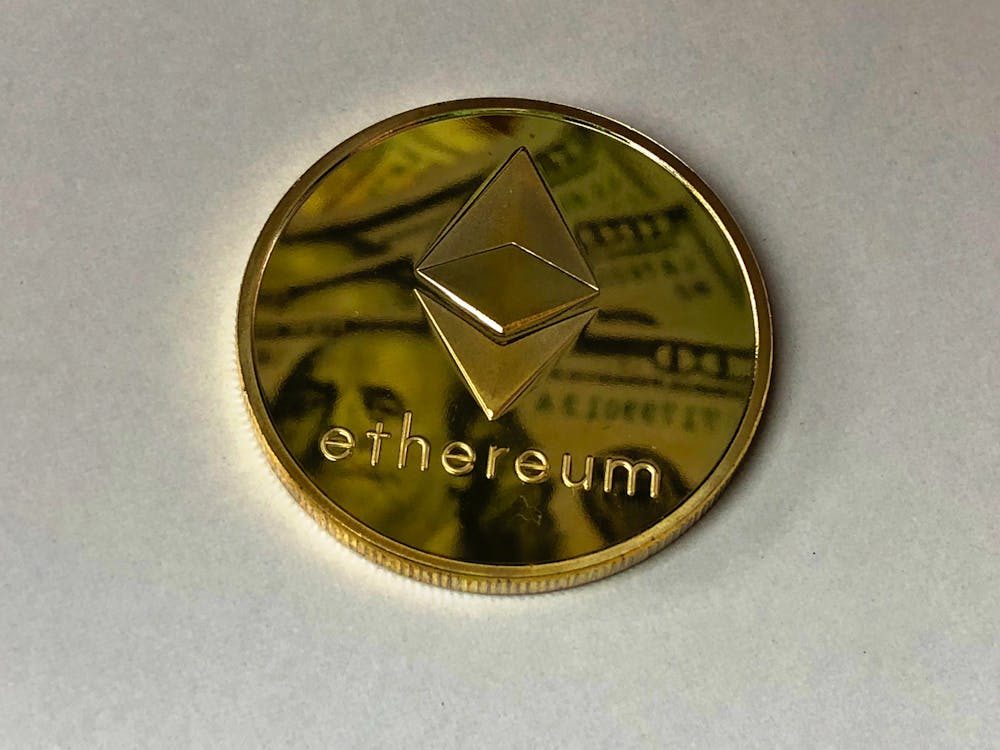
Since Bitcoin’s (BTC) inception in 2009, the world of cryptocurrency has evolved and captured the imagination of millions of traders. Today, over 20,000 cryptocurrencies are traded on over 500 exchanges, a far cry from a decade ago.
However, security threats and data breaches continue to be prevalent, raising caution among traders and businesses. This article will cover the risks, market efforts to improve security, and the ways to ensure individual safety.
Cryptocurrency Risks: Volatility and Security
For many years, cryptocurrencies have always been subject to questions related to their extreme volatility. The table below shows how crypto prices varied relative to the S&P 500 (SPX) and NASDAQ Composite (IXIC).
Using the standard deviation, we can measure the volatility of each stock index and cryptocurrency.
On average, crypto had a standard deviation of 108% since 2017, about five times higher than SPX and IXIC. The consolation is that their returns have been very attractive. On average, they are about seven times higher than stocks.
| Crypto VS Stocks | ||||||||
| Stocks Market Indices | Cryptocurrencies | |||||||
| SPX | IXIC | BTC | BNB | DOGE | ETH | TRX | Peer Average | |
| St. Dev. | 17.72% | 20.98% | 79.79% | 174.48% | 84.03% | 88.46% | 113.87% | 108.12% |
| Average Annual Returns | 12.14% | 14.32% | 148.24% | 99.95% | 84.32% | 48.50% | 83.47% | 92.89% |
However, the crypto risk does not only exist in prices. Cryptocurrencies are vulnerable to fraud, theft, and hacking. Its decentralized nature seems a double-edged sword that is attractive to malicious individuals.
From 2011 to 2019, $11B in cryptocurrencies were stolen through fraud and hacks. In 2020, the value increased to $1.9B. In 2021, crypto theft intensified, with the total amount reaching $3.2B. Crypto theft incidents became more frequent in 2022, with the value reaching an all-time high of $3.8B, a 19% YoY increase.
Read More: Binance Referral Code 2024: 239529503 (Refer Friends And Earn 100 USDT Trading Fee Credit Each)
Efforts To Mitigate Crypto Theft Risks
These events prompted policymakers to intervene by creating a framework to mitigate crypto-related risks. The IMF discussed its effective policies for crypto assets in its member countries. These include safeguarding monetary stability by improving monetary policies, hindering the potential acceptance of crypto as a legal tender, and watching suspicious capital flow volatility.
Policymakers also started to make more specific and prudent requirements for crypto traders, businesses, and exchanges to observe the impact of crypto on their international monetary systems.
Lastly, they established global cooperation to supervise crypto asset regulations and develop digital infrastructures for cross-border transactions.
Moreover, the US implemented its own policies on top of the IMF mandates to heighten security measures. It started requiring crypto exchanges to keep documents that prove users’ identities. They also added crypto provisions to the Infrastructure Investment and Jobs Act in 2021.
In this provision, a person or business that transacts digital assets on behalf of another party is considered a broker. Hence, it requires an issuance of Form 1099-B to each crypto customer and IRS.
This move proved effective as crypto theft incidents in 2023 started to slow down. The total amount was still massive at $1.7B. Yet, the 54.3% year-over-year decrease was notable, and cyber-attacks were mostly pointed to non-UN member countries.
Read More: Limited Bybit Referral Code 2024: NYNPOM (Claim $30000 Sign Up Welcome Bonus)
How To Protect Assets
These are some steps to ensure safety from hackers and fraudsters.
Trade on legitimate and trusted crypto exchanges
In cryptocurrencies, you should take everything with a grain of salt. Newbies and smaller exchanges are highly susceptible to hacks and frauds. They may still have to study and enhance their security as they are still emerging. Risks may increase if the number of traders and transactions increases.
Stick to tried and tested exchanges and not experiment to avoid losing money. Coinbase is an example. Being in the market for over a decade, one won’t have to ask, “Is Coinbase safe?”
Aside from its heightened security, this exchange has endured notable crises, such as the 2017-2018 crypto bubble burst, the FTX fallout, and the 2022 price correction. Thanks to its high liquidity level and prudent token allocation, it mitigates the risk of coin outflows.
Avoid connecting to public Wi-Fi
Doing crypto transactions over public Wi-Fi can be risky, whether with a hot wallet or a cold wallet. The most inexperienced hackers easily hack connections. Your account is at a higher risk, and stolen coins may not be retrieved, especially if you are on travel. Instead, use a virtual private network or VPN. It can be costly, but the security it offers is priceless.
Activate multi-factor authentication
It will be wise to enable multi-factor authentication (MFA) or two-factor authentication (2FA) on your devices. Whether you are using hot or cold wallets, this safety protocol is essential to protect your account and coins. It is already a no-brainer since it is a security standard across various identification methods. This will be an effective strategy to prevent hackers from stealing your crypto credentials.
Key Takeaways
Cryptocurrency trading can be thrilling today as the market rebounds and heats up. Yet, you should watch out for volatility and security risks. By following these strategies, you can trade safely and prudently and prevent malicious intentions on your account. The chance of succeeding is high if you practice token diversification cautiously.
| DISCLAIMER: The information on this website is provided as general market commentary and does not constitute investment advice. We encourage you to do your own research before investing. |























